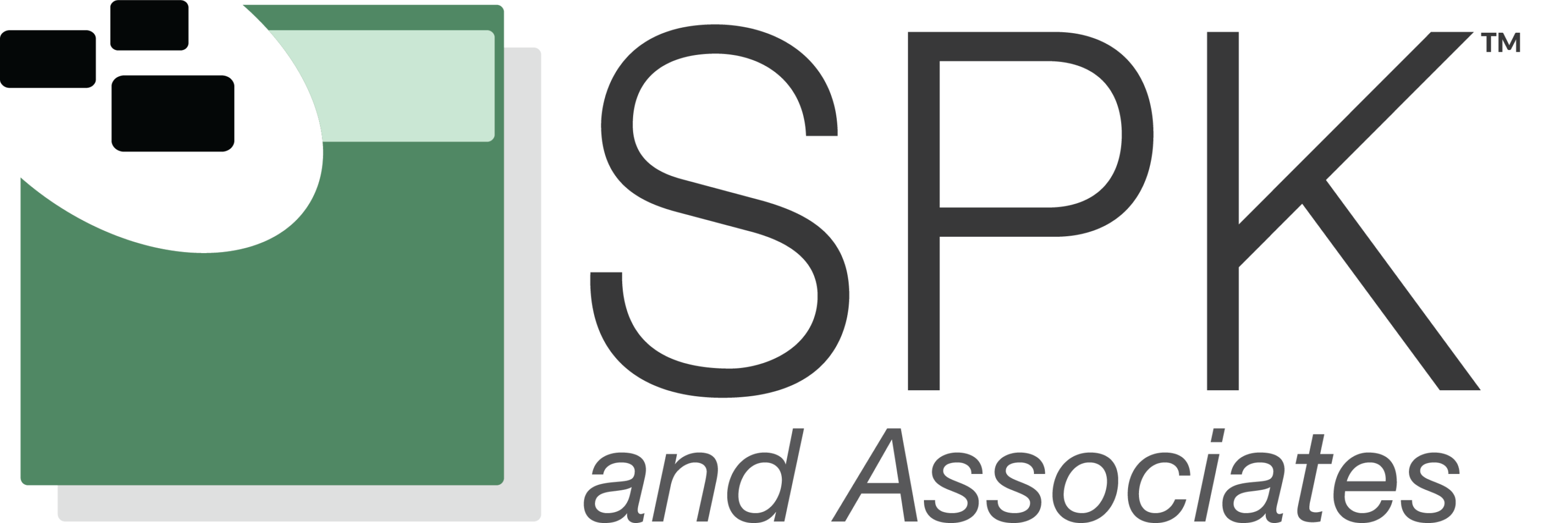In the world of fast competitive marketing, a lot of attention goes to the first company who develops a creative breakthrough and comes out with a cool new device first. New technology in the medical device market has resulted in several new products which include; wearable medical devices, wireless and remote medical monitoring, voice recognition medical alert systems, and electronic robotics for the handicapped.
The first company to market new medical devices often gets the market share advantage because they have captured the attention of the consumer market first, and presented a new product to meet the needs of someone with a medical concern.
So how does a company get through the medical device development process quickly and first to market sooner?
In the medical device arena, products must be engineered properly, thoroughly tested, and meet quality system and FDA standards, because many medical device products have life-impacting consequences if quality is not checked and the device fails.
Failures in medical devices used on patients often get the wrong kind of attention from the news media and possibly the FDA as well. Therefore, medical device development must be a controlled process, adhere to quality standards, meet regulatory requirements, and ensure product testing occurs before the device ever gets to market. What helps provide a controlled development process? The short answer is product lifecycle management (PLM).
Many companies use a PLM system to manage their product data. A PLM system can offer many features but they primarily track product changes, store and vault product data, manage design changes, control engineering changes, capture approval signatures, and tie product features back to product requirements.
Therefore, having documentation in order and reducing quality issues on a medical device product may help get your product to market sooner. The key is tracking and resolving quality issues and engineering changes before they become a bigger risk and liability again the product.
So what makes a first to market product successful? First it starts with excellent product development, keeping quality issues to a low number, meeting compliance and regulatory requirements. Next is a short development cycle with proper project management. The ability to get the product developed and out the door with little or few issues is what puts a medical device on the forefront of the market .
So with pressure to push the best product to the market in the shortest amount of time, a best practice suggestion is to invest in the right PLM tool that provides process controls, workflow automation, and notifications, to the team that is building this great new medical product. Having the right tools at hand often means, getting to the end result quicker.
Next Steps:
- Contact SPK and Associates to see how we can help your organization with our ALM, PLM, and Engineering Tools Support services.
- Read our White Papers & Case Studies for examples of how SPK leverages technology to advance engineering and business for our clients.
Ann Rieser
Senior Solution Architect,
SPK and Associates







